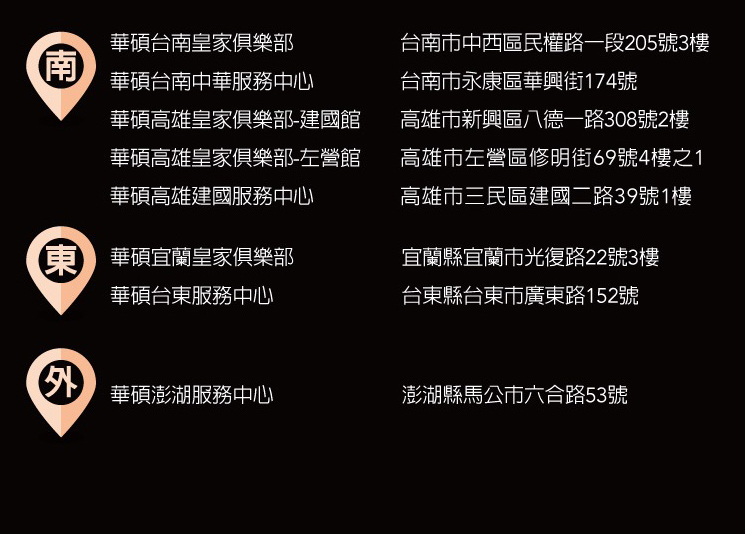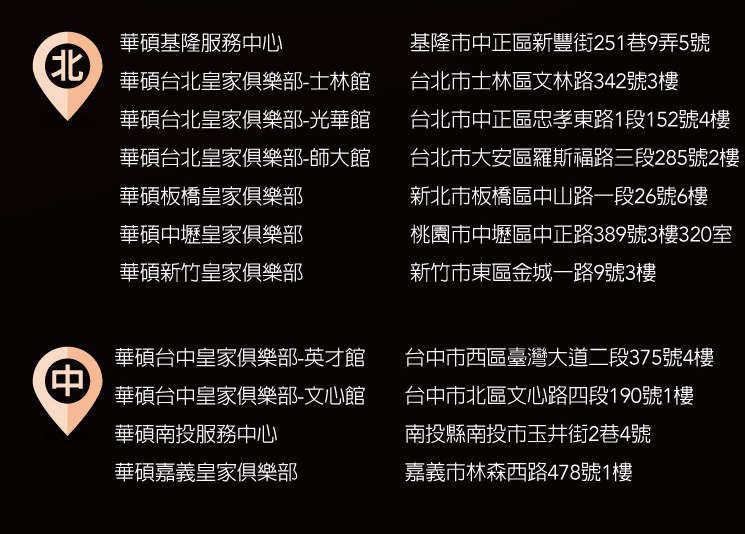「後山媽祖」的信仰、神蹟及其類型研究
產品編號:FZA0999
作者:卓麗珍
出版社:東台灣研究會
出版日期:2025-03-01
ISBN:9786269801121
作者簡介
卓麗珍 學經歷
輔仁大學宗教學系 博士
輔仁大學宗教學系 碩士
臺灣宗玄道學文化研究會 理事
臺灣輔仁古琴文化發展會 理事
中華智仁勇童軍協會 理事
中華民國幼女童軍服務員 訓練專員
中華智仁勇獅子童軍團 幼女童軍團團長
內容簡介
本研究以後山地區的宜蘭縣、花連縣、台東縣三個區域,作為田野調查研究場域。深入探討臺灣東部地區媽祖信仰的傳播與發展、主祀神源流與媽祖神蹟傳說的歷史背景,附設組織的成立以及信眾的遷徙、聚合,社會所提供相應的可能條件等主題。藉此瞭解臺灣東、西部地區,媽祖信仰所存在的相應關係與質變成因。
後山漢族人的移墾、播遷過程的歷史,涉及政治操控、社會變遷、自然環境的阻隔,以及天然災害的衝擊。後山媽祖信仰得以移播,與此有著緊密的連結關係。廟宇碑碣刻文提供媽祖神像,及其香火緣起的探源佐證。田野證實後山媽祖信仰的傳播及發展,無法離開移民和墾民的直接或間接關係。
媽祖顯聖的神蹟、傳說與故事是神聖的表意,與民眾生活的現實需求相關聯。因時空的差異與族群各自不同的背景,會產生不同的解讀、感受或認知。靈應事蹟的內容,從重視個人生命到社區整體生態的保護,媽祖神蹟有了敘述上的轉變。禮物交換關係,揭示廟宇間的往來、子母廟分香或分靈、神將會的交陪等機制,表面上是「禮物」,骨子裡卻是「交換」。「給予」與「收取」都是義務,拒絕禮物「無異於宣戰,是一種斷絕友誼和交往的表示」。
關鍵字:後山媽祖、臺灣東部、碑碣、媽祖神蹟、禮物
The present study aims at exploring the spread and development of Mazu beliefs in eastern Taiwan. To serve this purpose, the study includes in-depth discussion on the following themes: (1) the origin of the main worship god, the statue, and the historical background of the legend of Mazu's miracles, (2) the establishment of affiliated organizations, the migration and aggregation of the believers, and (3) the interaction with the social contexts. Three areas of Yilan, Hualian, and Taitung are selected as the sites of this field research. It is hoped that we can better understand not only the changes of Mazu beliefs in the eastern and western regions of Taiwan but also the influence of the Mazu beliefs on the areas.
The history of the reclamation and relocation process of the Han people in Houshan involves political manipulation, social changes, natural barriers of the environment, and the impact of natural disasters. The spread of the Mazu beliefs of Houshan was closely related to the factors mentioned above. The inscriptions on the steles provide evidence of the origin of the statue of Mazu and its Incense-offering. Field studies also confirmed that the spread and development of the Mazu belief in Houshan is directly or indirectly related to the migration and reclamation.
The miracles, legends, and stories of Mazu's presence are revelations responding to the real needs of people's lives. Due to the differences in time and space and backgrounds of the ethnic groups, there will be different interpretations, perceptions or emotions towards the miracles. The narrative of Mazu's miracles has undergone changes. The content of miracle events has shown greater diversity that covers dimensions of personal life to ecology of the community. The gift-exchange relationship between temples represents the mechanism of communication. Other social interactions between temples include the sharing of incense or deities between mother and son temples, and the exchange of performing groups. On the surface it is a "gift", but in fact it is an "exchange". Both "giving" and "receiving" are obligations, and refusing a gift is regarded as declaring an intention of breaking friendship and communication.
Key words: the Mazu beliefs of Houshan, the eastern of Taiwan, s







